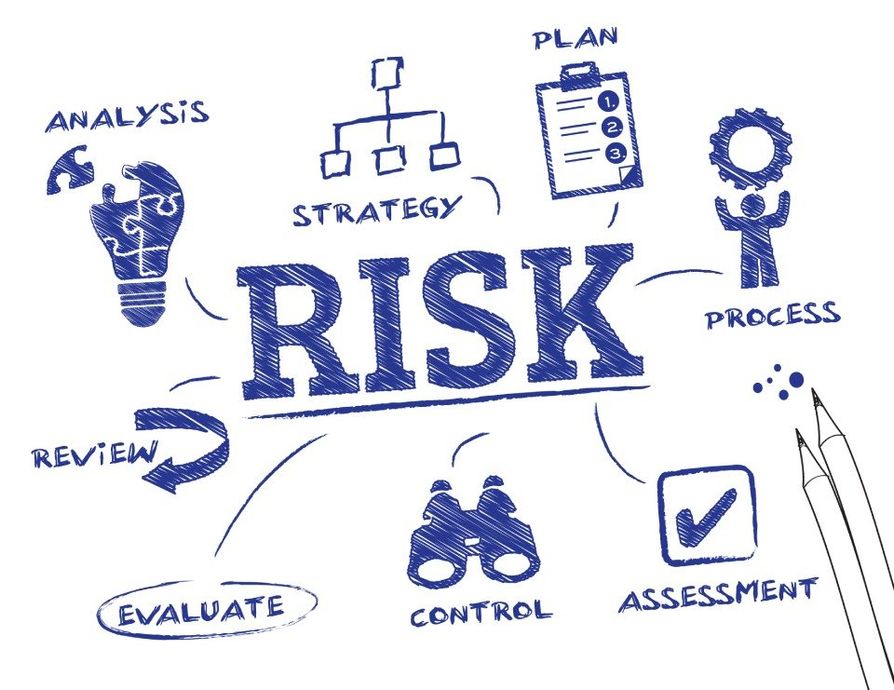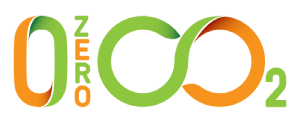Risk
Assessment
through
Instrumental Measures
Legislative Decree 81/08 stipulates that some risks can also be assessed through instrumental measures.
Over time, we at Zeroinfinito have specialised in risk assessment activities for various industrial sectors. Our systematic approach, knowledge of technical aspects, and expertise in all matters related to workplace safety make our organisation a top technical partner for employers and RSPP (People Responsible for Prevention and Protection).

Titolo diapositiva
Scrivi qui la tua didascaliaPulsante
-
NOISE RISK ASSESSMENT
The assessment of noise risk has historically been one of the measurement areas with the most extensive literature and where professionals have gained extensive experience. However, even today, INAIL data demonstrates that noise-induced hearing loss continues to be the most compensated occupational disease. In recent years, legislators and regulators have introduced significant changes to limits, sampling methodologies, and hearing protector sizing.
Our approach to noise risk assessment is rigorous and is based on the practical application of regulatory guidelines, particularly ISO 1999:2013 for calculating workers' exposure levels, UNI EN ISO 9432:2011 and UNI EN ISO 9612:2011 for measurement campaign design, uncertainty management, and hearing protector sizing.
Additionally, we have all the tools and expertise to propose and develop a Corporate Emissions Reduction Plan (PARE) in accordance with the UNI/TR 11347/2010 standard. This is useful in cases where workers are exposed to levels above the action values.
-
MECHANICAL VIBRATION RISK ASSESSMENT
We develop and carry out measurement campaigns following the guidelines of UNI EN ISO 5349:2004 for calculating workers' exposure levels to hand-arm transmitted vibrations and UNI EN ISO 2631:2008 for calculating workers' exposure levels to whole-body transmitted vibrations.
The risk assessment related to workers' exposure to mechanical vibrations transmitted to the hand-arm or whole body still presents objective challenges, not so much in terms of measurement execution but primarily in the ability to realistically sample various activities.
In the assessment of mechanical vibration risk, we take into account measurement uncertainty, as outlined in good metrological practices, including vibration measurements, and in accordance with the latest documents issued by the Interregional Technical Coordination for Workplace Prevention.
-
ELECTROMAGNETIC FIELD RISK ASSESSMENT
Directive 2013/35/EU has repealed the previous directive 2004/40/EC, from which Legislative Decree 81/08 extracted the action values and exposure limits for workers.
For the risk assessment related to workers' exposure to electromagnetic fields (EMF), we use equipment that complies with the provisions contained in Legislative Decree 159/16.
The assessment process involves an initial screening phase of the sources and their characterization as either "Justifiable" or "Not Justifiable" in accordance with the indications of standard EN 50499 (CEI 106-23). Only for the latter, we proceed with specific measurements that lead to the zoning of environments and the determination of workers' risk levels.
The risk assessment aligns with the characteristics and methods provided by specific standards CEI 211-6, for calculating workers' exposure levels to low-frequency electromagnetic fields, and CEI 211-7, for calculating workers' exposure levels to high-frequency electromagnetic fields.
Over the years, we have worked with companies in sectors particularly sensitive to the risk of exposure to electromagnetic fields, accumulating high-level experiences and expertise.
-
ARTIFICIAL OPTICAL RADIATION RISK ASSESSMENT
Since 26th April 2010, the assessment of risk arising from workers' exposure to artificial optical radiation has been fully in force. With our organisation, we handle risk assessment in accordance with the operational guidelines on physical agents provided by the Interregional Technical Coordination for Workplace Prevention. This involves conducting a survey of coherent (LASER) and non-coherent sources and categorising them as "Justifiable" or "Not Justifiable."
Coherent
Our technicians have proven experience in managing non-justifiable LASER sources. This allows them to assume the role of Laser Safety Technician (TSL or ASL) and provide valuable assistance to employers and the Prevention and Protection Service Manager in the specific risk assessment and practical application of current technical standards.
Non-coherent
For non-coherent "not justifiable" optical radiation sources, we conduct measurements with appropriate instrumentation and, most importantly, in compliance with key technical standards, such as UNI EN 14255-1:2005 for calculating workers' exposure levels to ultraviolet radiation and UNI EN 14255-2:2008 for calculating workers' exposure levels to visible and infrared radiation. Additionally, in all our reports, we also determine the sizing of personal protective equipment (PPE) in accordance with UNI EN 169:2003 for welding filters, UNI EN 170:2003 for ultraviolet filters, and UNI EN 171:2003 for infrared filters.
-
MICROCLIMATIC RISK ASSESSMENT
Often, the assessment of microclimatic risk is overlooked or not addressed because it is believed to be necessary only for specific working environments. In reality, even under moderate working conditions, microclimatic risk affects the sensitivity of workers and has implications for personnel management, as well as work-related stress.
We conduct microclimatic assessments using measurement stations capable of evaluating both global parameters and local discomfort parameters, following the main technical standards in the field, such as UNI EN ISO 7730:1997.
Microclimatic risk assessment also allows us to identify technical measures that can reduce the energy consumption of the building while maintaining or even improving worker comfort. Our organisation is also capable of conducting microclimatic assessments in severe hot and cold environments.
-
LIGHTING RISK ASSESSMENT
Lighting design in workplaces is now a well-established activity, but it is not always accompanied by the verification of the adequacy of the design and implementation of the systems.
Our tools and expertise allow us to assess the adequacy of natural, artificial, and emergency lighting in workplaces, in accordance with UNI 12464-1:2004.
The verification and adjustment of lighting, in addition to ensuring the health and safety of workers, also have interesting implications for productivity and worker efficiency.
-
CHEMICAL, BIOLOGICAL, AND ASBESTOS RISK ASSESSMENT
We approach risk assessments required by Titles IX and X of Legislative Decree 81/08 with the utmost rigour. After an initial screening aimed at verifying compliance in the management of chemicals, biological agents, and asbestos, we proceed with an initial evaluation phase using the main algorithms recognised by regulatory authorities, such as MOVARISCH for chemical risk and BIORITMO for biological risk.
Following the results, and particularly their interpretation by our experts, we conduct personal or environmental sampling using the best applicable technologies to verify compliance with the limits set by the main international regulations. A strong point of this phase is the presence of personnel in the field who can adapt the sampling methodologies to the company's reality, ensuring high repeatability and representativeness of the measurement.
Grazie per averci contattato. Ti risponderemo il più presto possibile.
Si è verificato un errore durante l'invio del messaggio. Riprova in un secondo momento.










